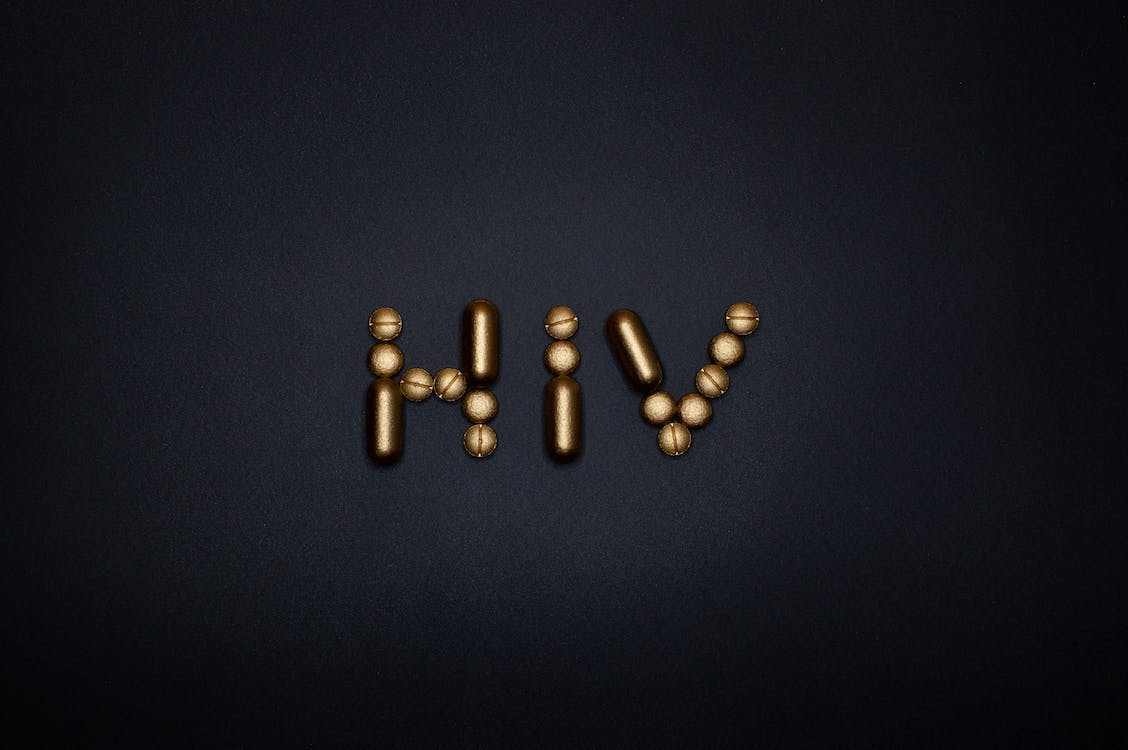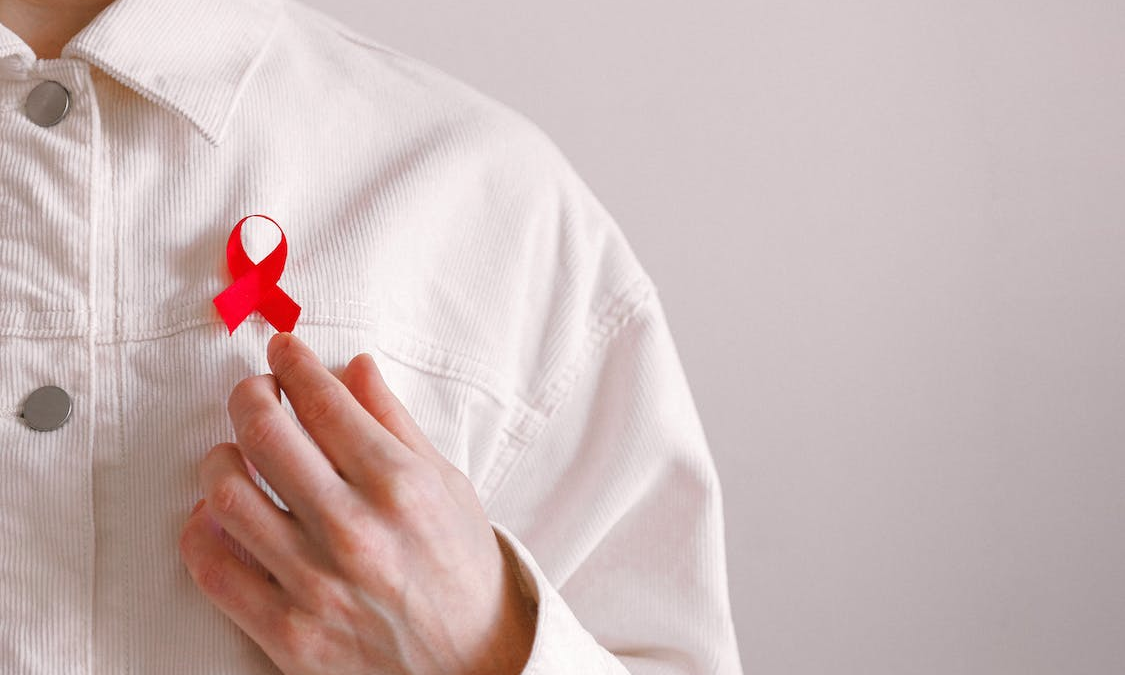According to the last available statistics, over 1.2 million people in the U.S. have HIV. However, advancing treatment, awareness, and access to prescription drugs has made it possible for many of these people to stop HIV from becoming AIDS.
HIV, however, still remains to be a concern for the global community as people living in marginalized communities continue to contract the virus and lose their lives. This is because of inadequate knowledge as well as a lack of treatment options in lower-income areas that hinder HIV-infected individuals from accessing proper healthcare.
But if you’re in the U.S, you have a chance to improve your life expectancy even after contracting HIV. This is because of the prevention treatments available that can help you protect yourself from AIDS.
To learn everything about the potentially fatal HIV virus and its consequence AIDS, take a look at this blog.
What is HIV?
Human Immunodeficiency Virus (HIV) is a virus that’s transmitted through semen, blood, vaginal secretions, or breast milk. Upon entering a person’s body, HIV starts to destroy the immune system of the affected individual, thus making them sick from illnesses and viruses that otherwise may not be a problem. Currently, the highest number of HIV-infected people live in Eastern and Southern Africa.

How is HIV Different from AIDS?
Often used interchangeably, HIV and AIDS are not the same thing. In fact, Auto Immune Disorder (AIDS) is a consequence of HIV that’s left untreated. Fortunately, in the U.S., there has been a decline in the number of people who contracted HIV. Likewise, the number of people with AIDS has also slowed down due to drug assistance and various treatment programs.
Stages of HIV
To better understand the difference between HIV and AIDS, let’s take a look at the stages of HIV.
- Acute HIV: This is the first stage where flu-like symptoms appear a month or two after a person is infected by HIV.
- Chronic HIV: After the acute stage, a person can have HIV for up to 8-10 years without showing any symptoms of the virus.
- AIDS: This is the most severe stage of HIV when it turns into AIDS. AIDS is an autoimmune disorder that weakens a person’s immune system and makes them vulnerable to numerous illnesses, cancers, and infections.
Causes of HIV
Here are some of the causes of HIV:
- Unprotected sex without condoms.
- Sharing needles for illicit drug use or sharing blades with an HIV-infected person.
- Childbirth and breastfeeding can cause HIV to pass from a mother to the child.

Who’s at Most Risk of Contracting HIV?
While anyone can contract HIV because of unsafe practices, here are some individuals who are more at risk:
- People with multiple sexual partners
- Professional sex workers
- People who live in areas with high HIV rates
- People who have sexual partners with HIV
- Unborn children and infants with HIV-infected mothers
- People who share drugs with HIV-infected individuals
- People who receive a blood transfusion from HIV-infected individuals
- Although unlikely, healthcare workers in high HIV-infected areas can also be vulnerable due to accidental pricks
Symptoms of HIV/AIDS
HIV symptoms often appear within a month or two after contracting the virus.
- Flu
- Fever and chills
- Fatigue
- Recurrent yeast or vaginal Infections
- Mouth sores and ulcers
- Night sweats
- Diarrhea and weight loss
- Swollen lymph glands
- Rash
Note: These signs are often unnoticeable and can be accounted for seasonal illnesses. Therefore, it’s recommended for people who’re at risk to opt for regular testing and screening for HIV antibodies.

Can You Prevent HIV?
There is no prevention or cure for HIV. However, people who’re at risk can opt for pre-exposure prophylaxis (PrEP) and post-exposure prophylaxis (PEP)drugs to protect themselves. It’s important to know that PrEP and PEP aren’t going to prevent HIV from entering a person’s body and HIV-safe practices are a must for everyone.
How to Prevent HIV from Turning into AIDS?
HIV on its own isn’t deadly or causes serious problems. But if HIV is left untreated, it can turn into AIDS, which results in numerous health complications and death within a few years.
Here’s how to prevent HIV from proceeding to the AIDS stage:
- Get timely diagnosis
- Follow the doctor’s advice
- Take medications on time every day
- Strictly follow medical appointments and schedules
Take Immediate Action, Save Lives!
If you or someone you know has contracted HIV, then taking immediate action can help prevent the spread of virus and save many lives.
Forfinancial assistance to fill prescriptions, reach out to Advocate My Meds. The full-service prescription assistance program can help you acquire HIV medications at affordable rates. Don’t hesitate to call today for prescription assistance enrollment.


